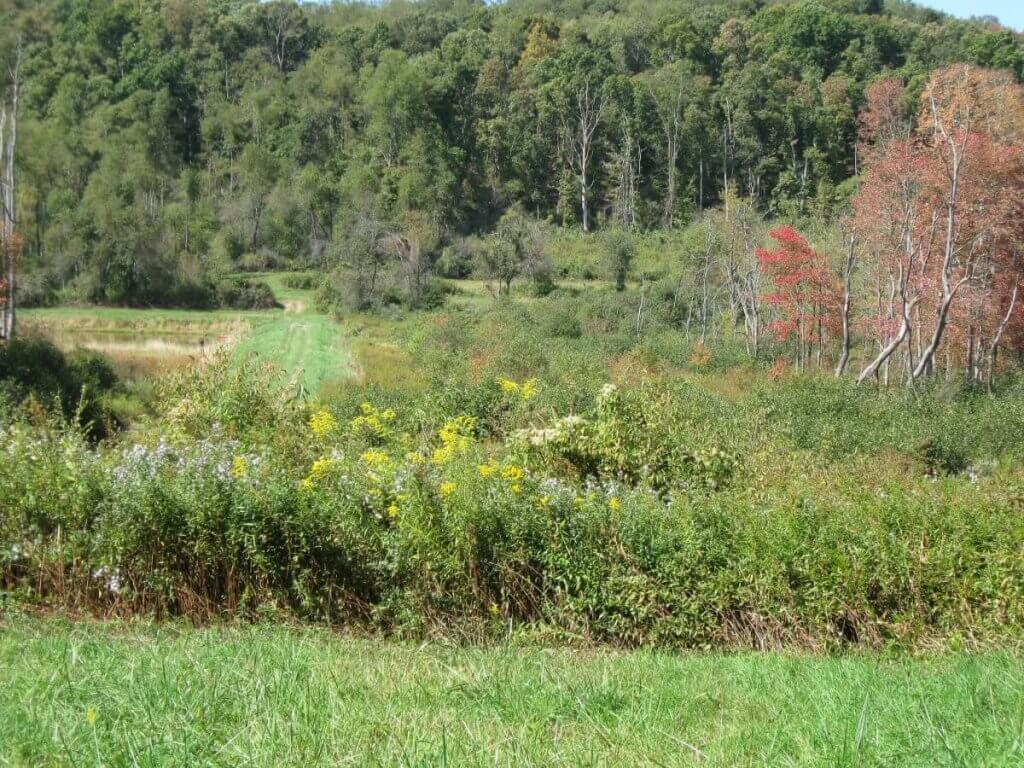“This partnership benefits the state, our customers and, most importantly, the pollinators that are vital for a healthy environment,” said Derrick Dickens, vice president of Technical Services for BGE. “Changing the way we manage these electric rights of way will encourage the return of pollinators and native ecosystems, while still ensuring that power lines are safely maintained. The best part is our customers get the environmental benefits as well as the advantages of a more efficient, cost-effective way to manage energy corridors.”
This effort, which includes electric ROWs in Carroll, Howard, and Baltimore counties, will provide habitat for native pollinators including bees and monarch butterflies. Increasing pollinator habitat is important from both a natural resource and economic perspective, since pollinator species are required for the reproduction of numerous crops that are grown for food.
“The new protocol for managing these lands is a significant opportunity for the department to expand upon our ongoing campaign to reduce mowed areas on state-managed land and property,” said Nita Settina, superintendent of the Maryland Park Service. “By working with BGE, rights-of-way within five state parks will replace mowed areas with natural meadows that benefit both plant and wildlife species, including birds, bees and butterflies.”
BGE will maintain its electric ROWs located in state parks through integrated vegetation management (IVM). IVM selectively removes invasive species that could interfere with power lines through the use of environmentally-safe herbicides rather than clear-cut mowing. This allows low-growing, native vegetation to thrive year-round, enhancing food sources and habitat for wildlife. In addition, IVM eliminates the need for repeated mowing saving money on ROW maintenance.
Pollinator populations have significantly declined during the last decade due to loss of habitat, increases in invasive species and the expanded use of certain pesticides. The U.S. Fish & Wildlife Service reports that the common monarch butterfly is one species that has recently declined to dangerously low levels. Even small patches of wildflowers, hedgerows and meadows cultivated in gardens, parks and farms can provide vital sources of food for migrating monarchs.
Currently, BGE is maintaining six rights-of-way segments with IVM and each are National Wildlife Federation Certified Wildlife Habitats® and Audubon Bird Friendly Habitats. Research conducted at one BGE IVM site showed that it supported a greater diversity of bee species compared to ROWs managed by mowing. In addition, butterfly species such as monarchs, tiger swallowtail, and common buckeye have been observed in the IVM areas and are actively using the new habitat.
The new sites proposed for IVM are located in Morgan Run Natural Environment Area, Soldiers Delight Natural Environment Area, Patapsco Valley State Park, Gunpowder Falls State Park and along the Torrey C. Brown Trail.
